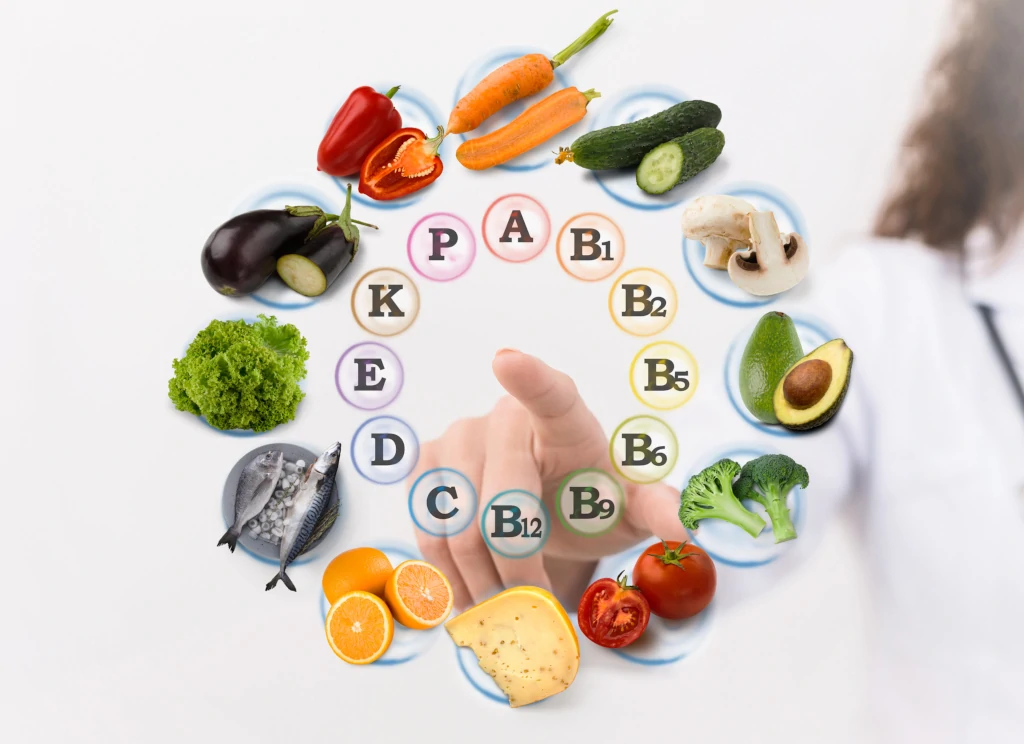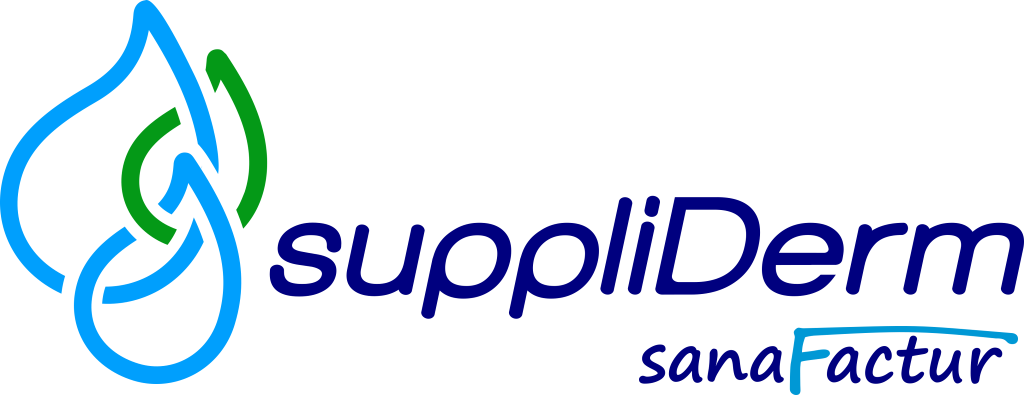
According to various guidelines of medical societies, in case of malnutrition, the adaptation of the nutrition in the form of a diet plan is considered part of the therapy of pressure ulcers and wound healing disorders [1,2]. The preferences and needs of the patient should be taken into account. For example, food and drink offerings can be designed flexibly, a pleasant environment should be created while the food is ingested, or the way the food is presented can be varied according to the patient. If the optimized nutrient supply is not possible through diet alone, the patient should be offered nutritional supplements.
Guideline-compliant nutritional therapy
- Optimized energy intake: Patients with a pressure ulcer, the risk of developing a pressure ulcer or other wound healing disorders should be supplied with sufficient energy. As a guideline, you should aim for a calorie intake of 30 - 35&nbps;kcal/kg body weight per day.
- Sufficient fluid intake: Patients must be carefully observed for signs of possible dehydration. There should always be an adequate supply of fluids to be used in the various situations in which the patients find themselves, especially with fever or high wound exudation.
- Optimized protein intake: The patients are in an increased need for protein and should receive a protein intake of 1.25 to 1.5 grams protein/kg body weight. More about protein requirements .
- Vitamins and minerals: Patients should be offered a balanced diet with readily available sources of vitamins and minerals.
References
- European Pressure Ulcer Advisory Panel, National Pressure Injury Advisory Panel, Pan Pacific Pressure Injury Alliance. Prevention and Treatment of Pressure Ulcers: Quick Reference Guide 2019.
- Weimann A, Breitenstein S, Breuer J, et al. S3-Leitlinie der Deutschen Gesellschaft für Ernährungsmedizin (DGEM) in Zusammenarbeit mit der GESKES, der AKE, der DGCH, der DGAI und der DGAV: Klinische Ernährung in der Chirurgie. Aktuel Ernahrungsmed. 2013;38(06):e155-e197. doi:10.1055/s-0033-1359887


